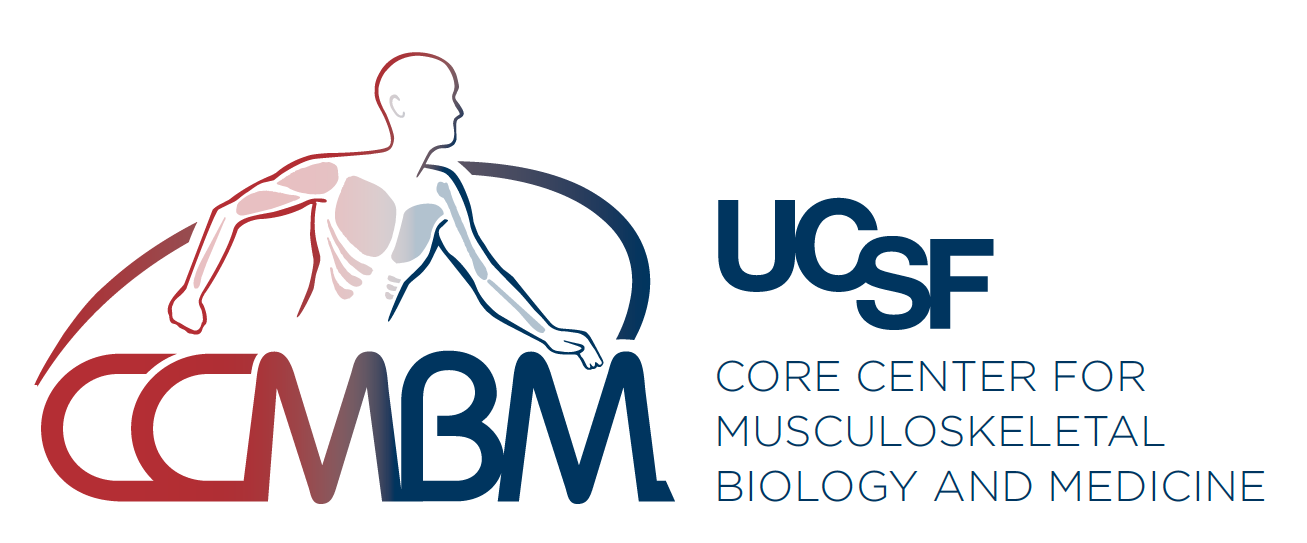EBSD Core:
EBSD Core - Training Modules on Statistical Tests and Power Analysis
Statistical Tests
Power Analysis
Mouse2Human.org is an online tool that allows comparison of mouse RNAseq data to human GWAS data from the UK Biobank to prioritize further study of differentially expressed mouse genes based on their clinical relevance.
Clinical Databases:
Study of Muscle, Mobility, and Aging (SOMMA)
SOMMA aims to understand the biological basis of many aspects of human aging, with a focus on mobility decline, in 879 participants enrolled in 2021. SOMMA collected biospecimens (muscle and adipose tissue, blood, urine, fecal samples), RNAseq gene expression in muscle, measures of mitochondrial function, questionnaires, physical and cognitive assessments, and whole-body imaging (MR and CT), and adjudicated incident events.
Study of Osteoporotic Fractures (SOF)
This cohort study, funded primarily by NIAMS and NIA, recruited 9,704 women over age 65 in 1987 with the goal of examining risk factors of hip and other osteoporotic fractures. SOF participants were followed for decades (8 follow-up visits). Measurements include but are not limited to DXA, questionnaires, labs, spine/hip X-rays, and physical performance. Several hundred thousand serum samples were collected at various times, and GWAS data is available. An ancillary hip OA study collected longitudinal X-ray and clinical data.
Osteoporosis in Men (MrOS)
The MrOS study is a parallel study to SOF but in men. Begun in 1991, 5,994 men were recruited from 6 clinical sites across the US between 2000 and 2002. Measurements are similar to those collected in SOF and include DXA, radiographs, questionnaires, and biological samples. MrOS also collected spine and hip quantitative CT (QCT) and high-resolution peripheral QCT, genetic and proteomic profiling, gut microbiome profiling, and characterization of muscle and physical performance.
Osteoarthritis Initiative (OAI)
This study, funded by NIAMS, other NIH institutes, and pharmaceutical partners, examines imaging, biochemical and genetic biomarkers of OA for disease onset and progression. OAI’s natural history database includes clinical evaluation data, radiological (joint X-ray and MRI) images, and a biospecimen repository from 4796 men and women ages 45-79 enrolled between 2004 and 2006. Participants had or were at high risk for developing symptomatic knee OA. At each of 4 clinical centers, a 3.0 Tesla MRI scanner imaged participants’ knees annually over 4 years then semiannually for another 4 years. Total follow-up was up to 16 years.
Multicenter Osteoarthritis Study (MOST)
MOST is a longitudinal observational cohort of multiracial participants with OA or at high risk of developing OA. It aims to identify factors, including biomechanical, physical activity, bone and joint structural characteristics, pain sensitization, and psychosocial characteristics, that affect the occurrence and progression of OA. Begun in 2002, MOST enrolled 3,026 participants and has conducted 5 follow-up contacts. A new cohort of 1525 participants with no or early knee OA was enrolled at 144 months and followed for 2 years. Measurements include clinical assessments and joint imaging (X-ray, MRI, and in subsets CT).
HORIZON Pivotal Fracture Trial and Extensions
This was a randomized trial of once yearly zoledronic acid for preventing fractures.96-98 The study was funded by Novartis and randomized 7,736 women internationally. The SFCC ran the Steering Committee and has copies of all data sets and access to all radiologic resources and biological samples. The 3-year study had two 3-year extensions.
The Health ABC Study: The Dynamics of Health, Aging, and Body Composition
The Health, Aging and Body Composition Study is an interdisciplinary study focused on risk factors for the decline of function in healthier older persons, particularly change in body composition with age. The study was designed to address differences in onset of functional limitation, disability and longevity between older men and women as well as between Blacks and Whites.
AGES-Reykjavik and AGES-Bone Marrow Adiposity (AGES-BMA)
This collaboration between the Icelandic Heart Association and the NIA was not coordinated by the SFCC, but Dr. Schafer of the EBSD Core has an ongoing collaboration with the PIs and thus is positioned to facilitate applications for new analyses. Between 2002 and 2006, 5,764 men and women aged 66-90 years underwent comprehensive baseline measurements designed to examine risk factors for disease and disability in older adults, as well as genetic susceptibility and gene/environment interactions.103 Five years later, 3,316 participants repeated the measurements. A Fracture Registry recorded incident fractures. EBSD Core consulting faculty Dr. Ann Schwartz was PI for the AGES-BMA ancillary study, in which a subset of 542 participants returned for additional visits with spinal MR spectroscopy, DXA and QCT scans, and serum banking.
SBB Core:
Skeletal Cell Lines database
Nanostring nCounter - Software for multiplexed measurement of gene expression
Scanco µCT50 micro-computed tomography (specimen) - scanner and software for ex-vivo scanning, image reconstruction, and analysis. Contact Mohamed Habib.
BOSE ELF 3200 and MTS 858 Bionix – materials testing systems for monotonic and cyclic biomechanical testing of musculoskeletal tissues. Contact Mohamed Habib.
High-resolution microbalance with density kit for volumetric measurements. Contact Aaron Fields.
Loading device for applying static and dynamic pressures to cartilage. Contact Aaron Fields.
Resin-based 3D printing technology. Contact Alexis Dang.
TissueGnostics -Quantitative histomorphometry analysis. Contact Wenhan Chang.
